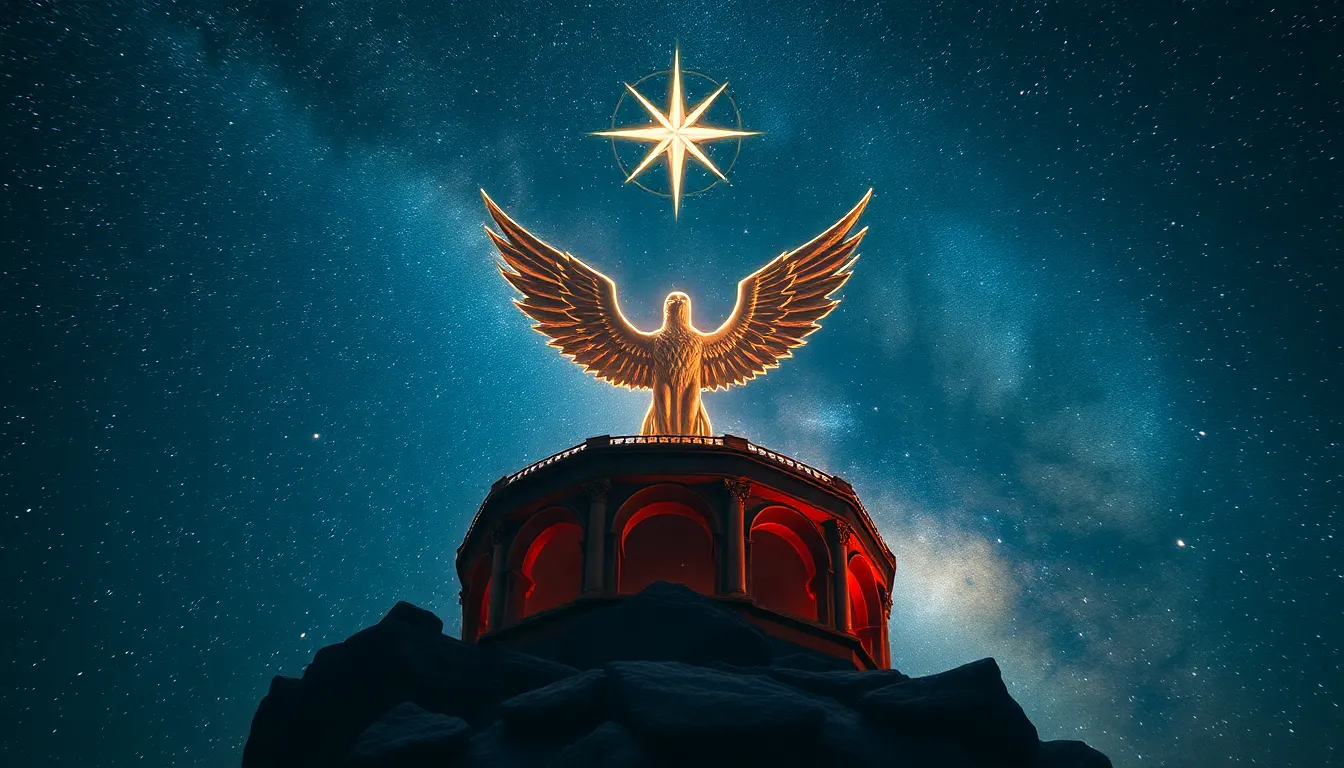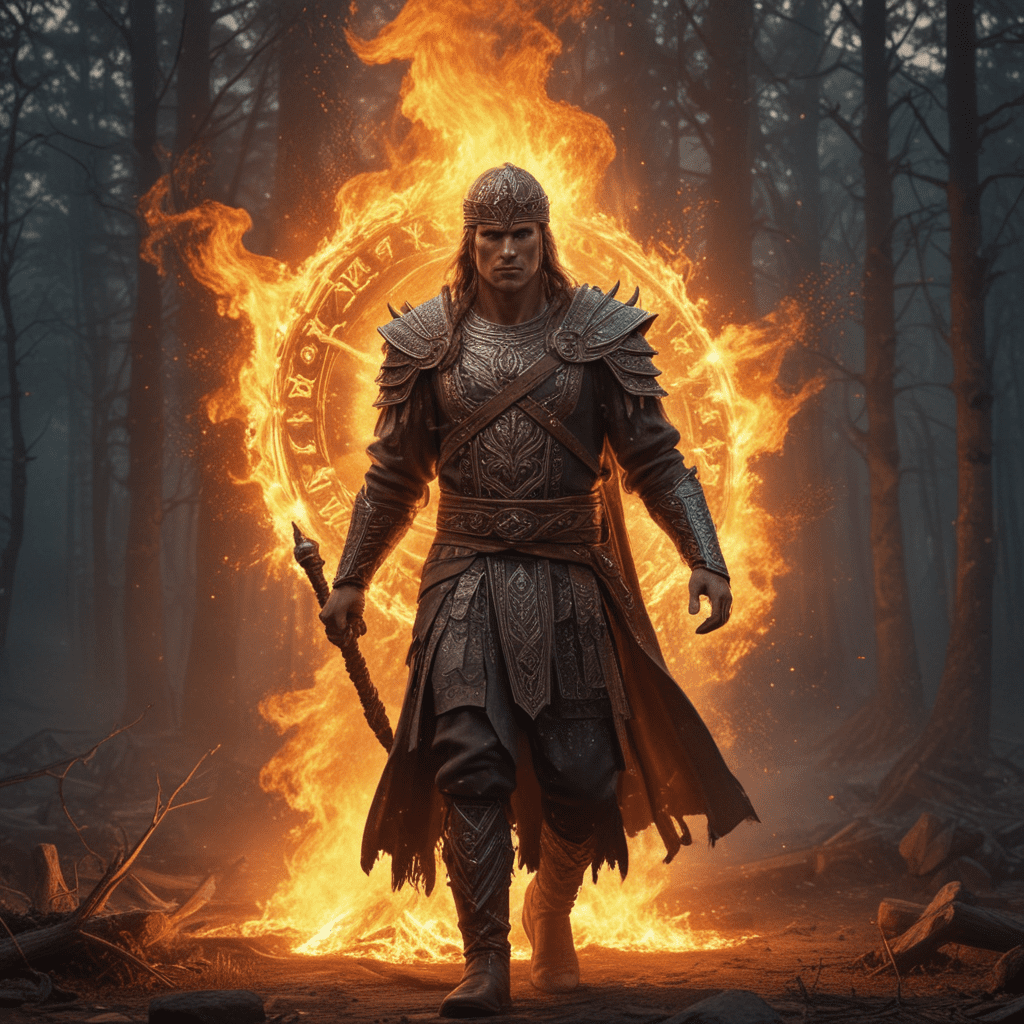Indonesian Mythology: Legends of War and Peace
Indonesia, a country of over 17,000 islands, boasts a rich tapestry of diverse cultures and traditions. Deeply intertwined with these cultural threads is a vibrant mythology, a treasure trove of stories passed down through generations, shaping the Indonesian identity. These myths, filled with gods, spirits, and epic battles, illuminate the Indonesian worldview, reflecting their beliefs about life, death, and the very nature of the universe.
Origins and Nature of Indonesian Mythology
Indonesian mythology is a kaleidoscope of influences, blending indigenous beliefs with the arrival of Hinduism, Buddhism, and Islam. The stories often feature a pantheon of gods and goddesses, with each having specific roles and powers. From the creator god Batara Guru to the trickster god Sang Hyang Ismaya, these figures embody the forces of nature, human emotions, and the moral fabric of society.
These myths are not simply entertaining tales; they serve as moral compasses, offering explanations for natural phenomena and guiding ethical behavior. They are woven into daily life, influencing rituals, art, and social structures. From the towering volcanoes to the crashing waves, the land itself becomes a canvas for these epic narratives.
The Importance of Mythology in Indonesian Culture
Indonesian mythology is more than just a collection of stories. It's a living tradition, a cornerstone of Indonesian culture. These myths provide a shared understanding of the world, helping people navigate the complexities of life and death. They offer comfort in times of uncertainty, and inspire hope for a brighter future.
Stories about gods and spirits, passed down through generations, serve as a bridge between the past, present, and future. They remind Indonesians of their heritage, their shared values, and their connection to the natural world.
The Role of Gods and Spirits in War and Peace
In Indonesian mythology, the gods and spirits are not detached observers; they actively participate in the affairs of mortals. They can be benevolent or vengeful, depending on how humans treat them and the natural world.
Many myths explore the themes of war and peace. Some stories tell of battles between gods and demons, while others depict human conflicts fueled by greed, ambition, or jealousy. The gods often intervene, sometimes acting as mediators or even participating directly in the conflict.
Legends of War: Battles and Heroes
Indonesian mythology is rich with tales of epic battles and valiant heroes. These stories are often set in mythical landscapes, featuring ferocious creatures and powerful magic.
One of the most famous legends is the story of Gatotkaca, a powerful warrior who fought in the epic Mahabharata. Another popular figure is Arjuna, a skilled archer who represents courage, determination, and spiritual enlightenment.
These legends of war often serve as cautionary tales, reminding people of the consequences of conflict and the importance of peace. They explore the themes of honor, loyalty, and the human capacity for both heroism and violence.
Legends of Peace: Harmony and Reconciliation
While Indonesian myths celebrate valiant warriors and epic battles, they also prioritize the importance of peace and harmony. These stories depict the ideal state of balance between humans and the natural world, emphasizing the need for reconciliation and understanding.
One such legend is the story of the "Panji Cycle," a collection of tales about the adventures of Prince Panji Asmarabangun. These stories explore themes of love, diplomacy, and the importance of resolving conflicts peacefully. Panji's journey is marked by his ability to navigate complex situations with grace and wisdom, ultimately restoring peace and unity.
Another prominent figure in Indonesian mythology is Dewi Sri, the goddess of rice and agriculture. She embodies the nurturing force of nature and represents a harmonious relationship between humans and the land. Her story underscores the importance of respect for the natural world and the need to live in balance with its rhythms.
These legends of peace are not merely idealized scenarios but serve as reminders of the importance of striving for harmony in all aspects of life. They provide a framework for understanding human relationships, the natural world, and the spiritual realm, ultimately advocating for a peaceful and fulfilling existence.
The Cycle of Creation and Destruction in Indonesian Mythology
Indonesian mythology recognizes the cyclical nature of life, death, and rebirth. This concept is reflected in the story of the "Creation Myth," where the universe is created from the union of the primordial couple, Batara Guru and Dewi Uma. This creation is followed by a period of prosperity and abundance, but it is destined to be followed by destruction and renewal.
The cycle of creation and destruction is often depicted through stories of the "Kalachakra," a cosmic wheel that represents the ceaseless cycle of time and change. This cyclical view of existence reinforces the idea that all things are in a constant state of flux and that even the most powerful entities are subject to the laws of nature.
The concept of the "Kalachakra" also highlights the importance of balance. It reminds Indonesians that every action has a consequence, that destruction is often followed by renewal, and that embracing change is essential to navigating the complexities of life.
Themes of Sacrifice and Redemption
Sacrifice and redemption are recurring themes in Indonesian mythology. These stories explore the power of selflessness, the consequences of wrongdoing, and the possibility of achieving forgiveness and rebirth.
One such legend is the story of Sang Hyang Ismaya, the trickster god who is often depicted as a mischievous but ultimately benevolent figure. He is known for his cunning and his ability to outwit his adversaries, but he also demonstrates a capacity for compassion and sacrifice.
Another important figure in Indonesian mythology is Batara Kala, the god of time and destruction. He is often portrayed as a fearsome figure, but he also represents the inevitability of death and the cyclical nature of life. His story reminds Indonesians of the importance of accepting the impermanence of life and the need to find meaning and purpose in the face of adversity.
These stories of sacrifice and redemption offer insight into the human condition, underscoring the importance of seeking redemption, even in the face of seemingly insurmountable challenges. They provide a framework for understanding the complexities of morality, the consequences of our actions, and the possibility of achieving a state of inner peace and harmony.
The Impact of Colonialism on Indonesian Mythology
The arrival of European colonial powers in Indonesia had a significant impact on local cultures and traditions, including mythology. The Dutch colonization of Indonesia in the 17th century introduced new ideas and perspectives, which influenced how Indonesians understood their own myths and legends.
The Dutch authorities attempted to suppress traditional beliefs and rituals, often portraying them as superstitious and backward. This resulted in the suppression of many oral traditions, which were not documented in written form.
However, despite the attempts to suppress Indonesian mythology, it continued to be passed down through generations. The stories adapted and evolved to reflect the changing realities of Indonesian society, incorporating new influences while retaining their core values.
The impact of colonialism on Indonesian mythology is a complex issue. It highlights the importance of preserving traditional knowledge and the need to understand how cultural exchange and globalization can shape cultural narratives.
Modern Interpretations and Influences of Indonesian Mythology
Indonesian mythology has experienced a resurgence in recent years, with artists, writers, and filmmakers drawing inspiration from these ancient stories. This renewed interest reflects a growing awareness of the cultural richness and historical significance of Indonesian mythology.
Modern interpretations of Indonesian mythology often blend traditional elements with contemporary themes, reflecting the changing realities of Indonesian society. These interpretations can range from reimagined versions of classic myths to entirely new stories inspired by traditional motifs and characters.
These modern interpretations of Indonesian mythology highlight the enduring power of these stories and their ability to resonate with audiences across generations. They demonstrate how these ancient stories can continue to inspire creativity and foster a deeper understanding of Indonesian culture.
The Future of Indonesian Mythology
The future of Indonesian mythology is bright, with the potential to continue to inspire and inform future generations. As Indonesia continues to develop as a nation, its rich mythology can serve as a source of pride, inspiration, and cultural connection.
To ensure the continued vitality of Indonesian mythology, it is crucial to preserve and promote these stories through various platforms. This includes supporting oral traditions, encouraging creative adaptations of these myths, and integrating them into educational curricula.
By embracing and celebrating its rich mythological heritage, Indonesia can foster a sense of national identity and cultural pride, while also preserving its unique place in the world.
FAQ
Q: What is the most famous Indonesian myth?
A: While there are many famous Indonesian myths, the Ramayana is arguably the most well-known. It is an epic story of love, duty, and conflict, which resonates deeply with Indonesian audiences.
Q: What are some key themes in Indonesian mythology?
A: Common themes in Indonesian mythology include the importance of balance, the cyclical nature of life, the power of sacrifice, and the need for harmony between humans and the natural world.
Q: How has Indonesian mythology been influenced by other cultures?
A: Indonesian mythology has been influenced by Hinduism, Buddhism, and Islam, as well as indigenous beliefs. This blending of influences has created a unique and diverse cultural landscape.
Q: Why is Indonesian mythology important today?
A: It provides a sense of cultural identity, inspires creativity, and offers insights into the human condition. It also serves as a source of historical knowledge and cultural understanding.
Q: How can I learn more about Indonesian mythology?
A: Read books, watch documentaries, attend cultural events, and explore online resources dedicated to Indonesian mythology.



